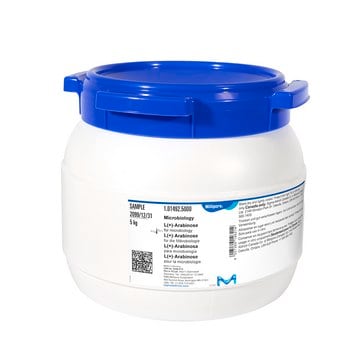02712
Cystamine dihydrochloride
Pharma Manufacturing
Synonym(s):
2,2′-Diaminodiethyl disulfide dihydrochloride, 2,2′-Dithiobis(ethylamine) dihydrochloride, Decarboxycystine dihydrochloride
About This Item
Recommended Products
biological source
synthetic
Quality Level
Assay
≥98.0% (TLC)
concentration
≥98 % (w/w) (T)
impurities
≤100 mg/kg 2,6-Di-tert-butyl-4-methylphenol (BHT) (HPLC)
≤100 ppm 1,2-dimethoxyethan
≤5000 ppm tert-butyl methyl ether
≤5000 ppm ethanol
mp
215-225 °C (dec.)
217-220 °C (dec.) (lit.)
solubility
H2O: 1.0 g/10 mL, clear to almost clear, colorless to almost colorless (<5.5 NTU)
suitability
corresponds for H-NMR
SMILES string
Cl[H].Cl[H].NCCSSCCN
InChI
1S/C4H12N2S2.2ClH/c5-1-3-7-8-4-2-6;;/h1-6H2;2*1H
InChI key
YUFRRMZSSPQMOS-UHFFFAOYSA-N
Looking for similar products? Visit Product Comparison Guide
Signal Word
Warning
Hazard Statements
Precautionary Statements
Hazard Classifications
Acute Tox. 4 Oral
Storage Class Code
11 - Combustible Solids
WGK
WGK 3
Flash Point(F)
Not applicable
Flash Point(C)
Not applicable
Choose from one of the most recent versions:
Already Own This Product?
Find documentation for the products that you have recently purchased in the Document Library.
Customers Also Viewed
Our team of scientists has experience in all areas of research including Life Science, Material Science, Chemical Synthesis, Chromatography, Analytical and many others.
Contact Technical Service







